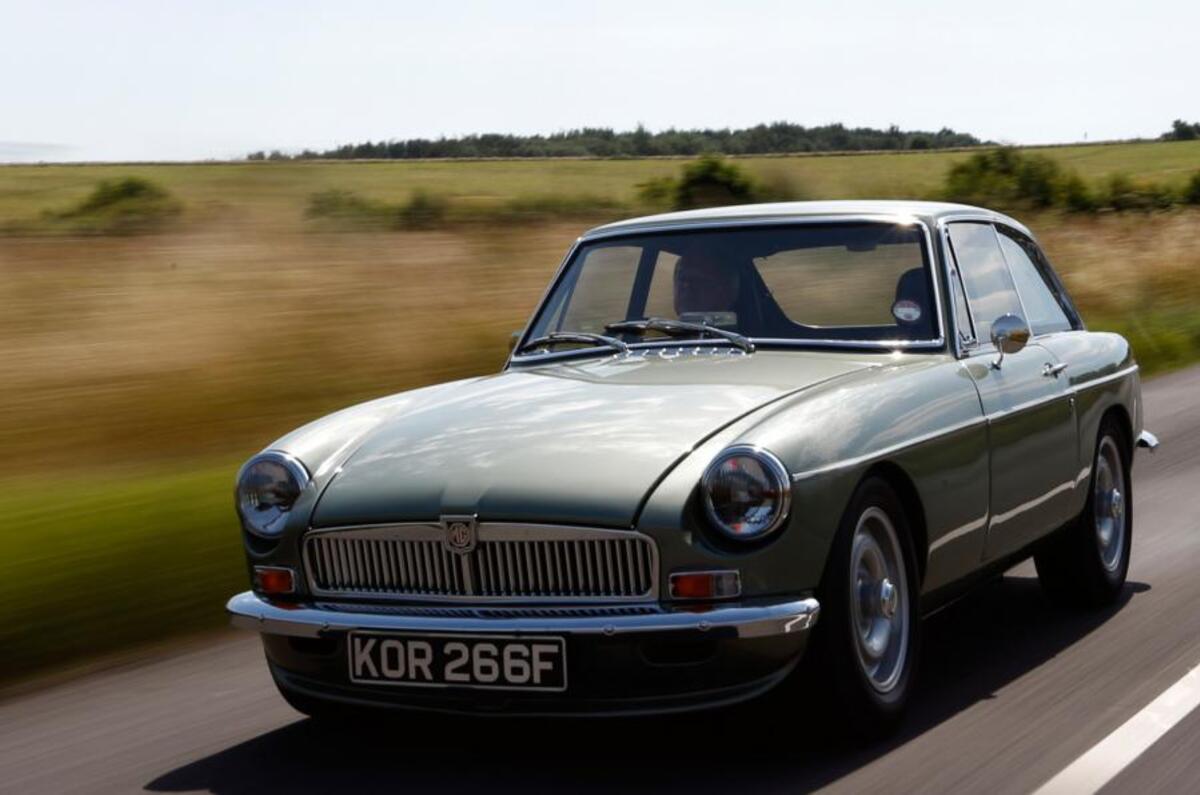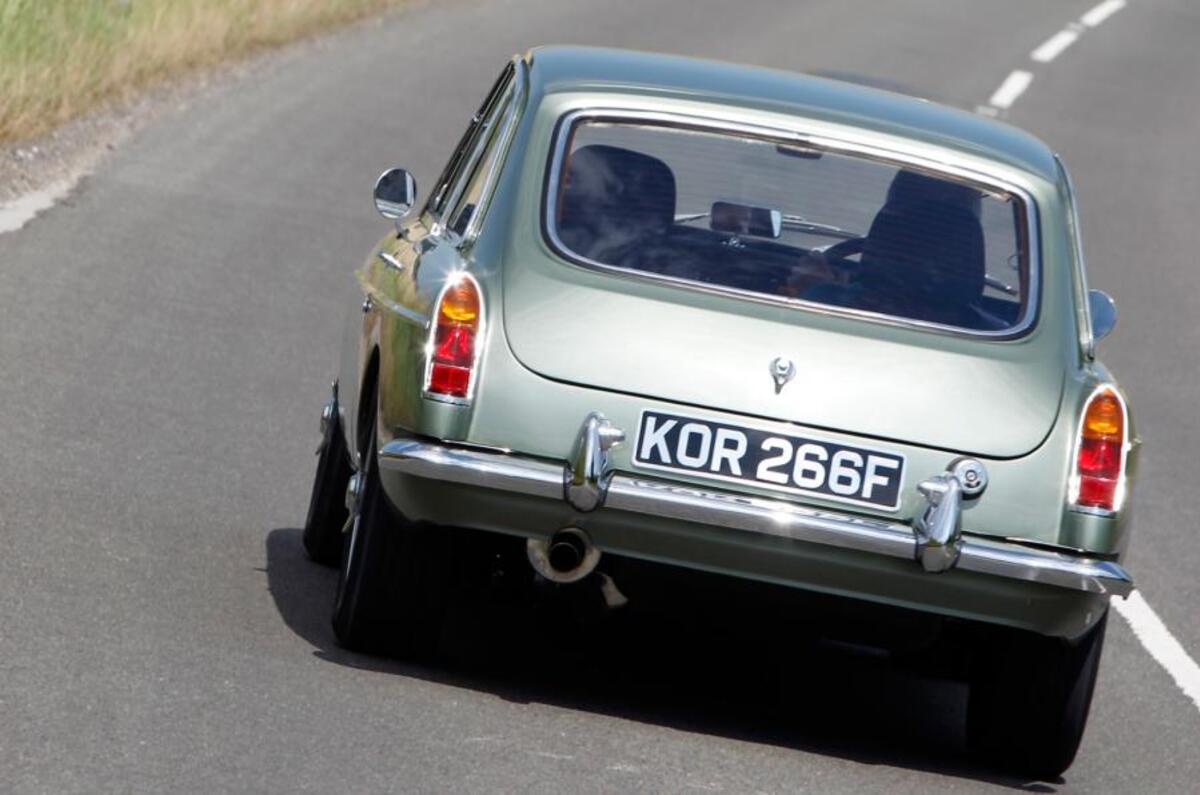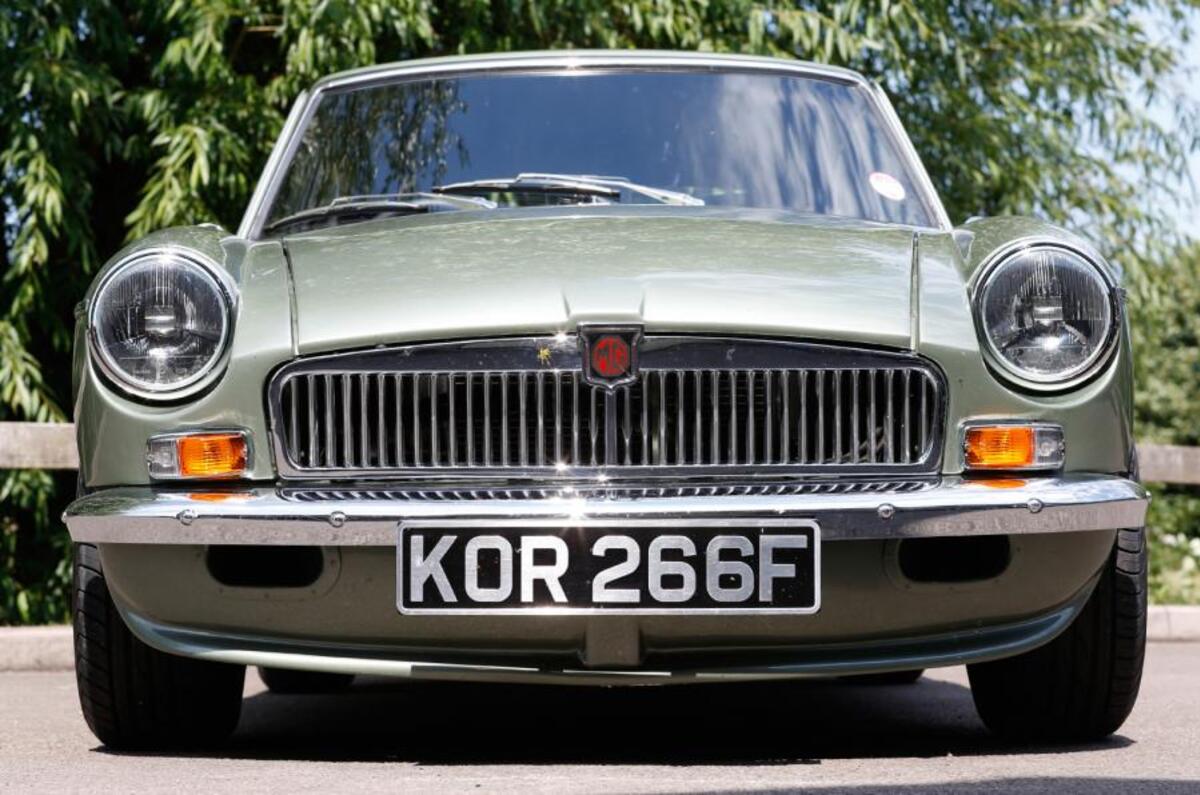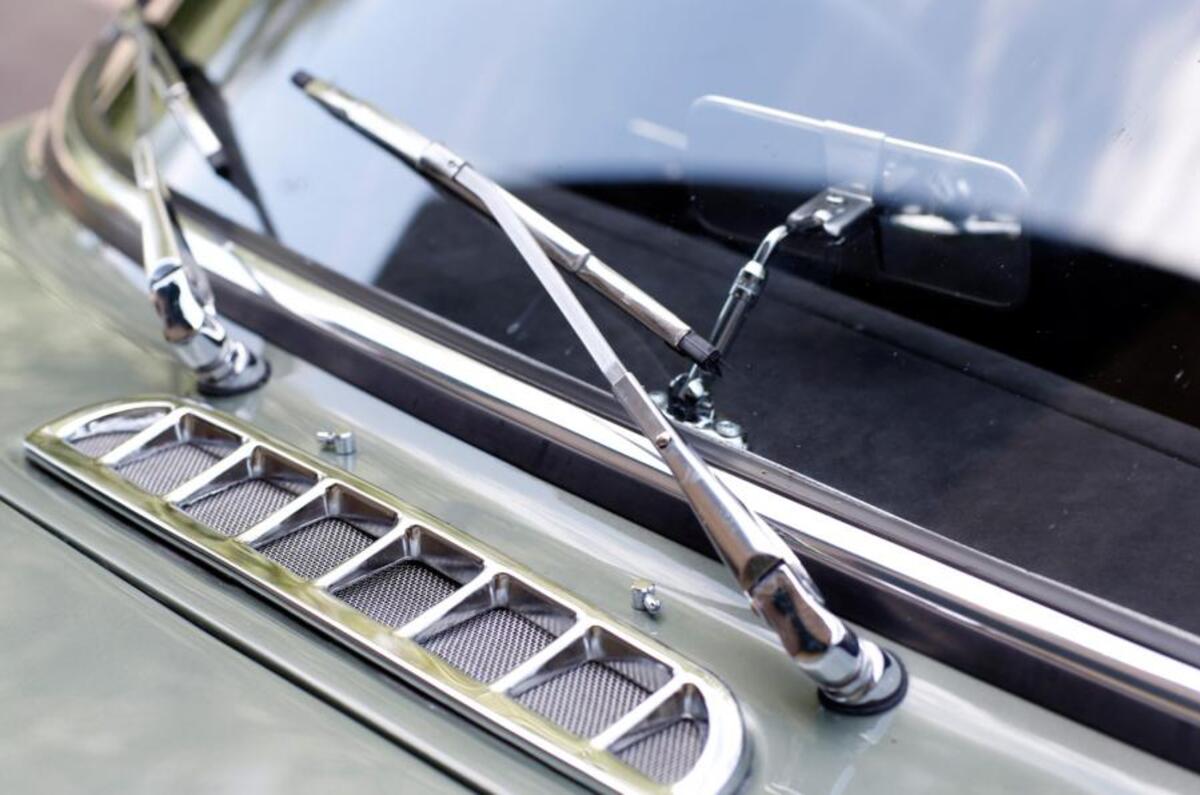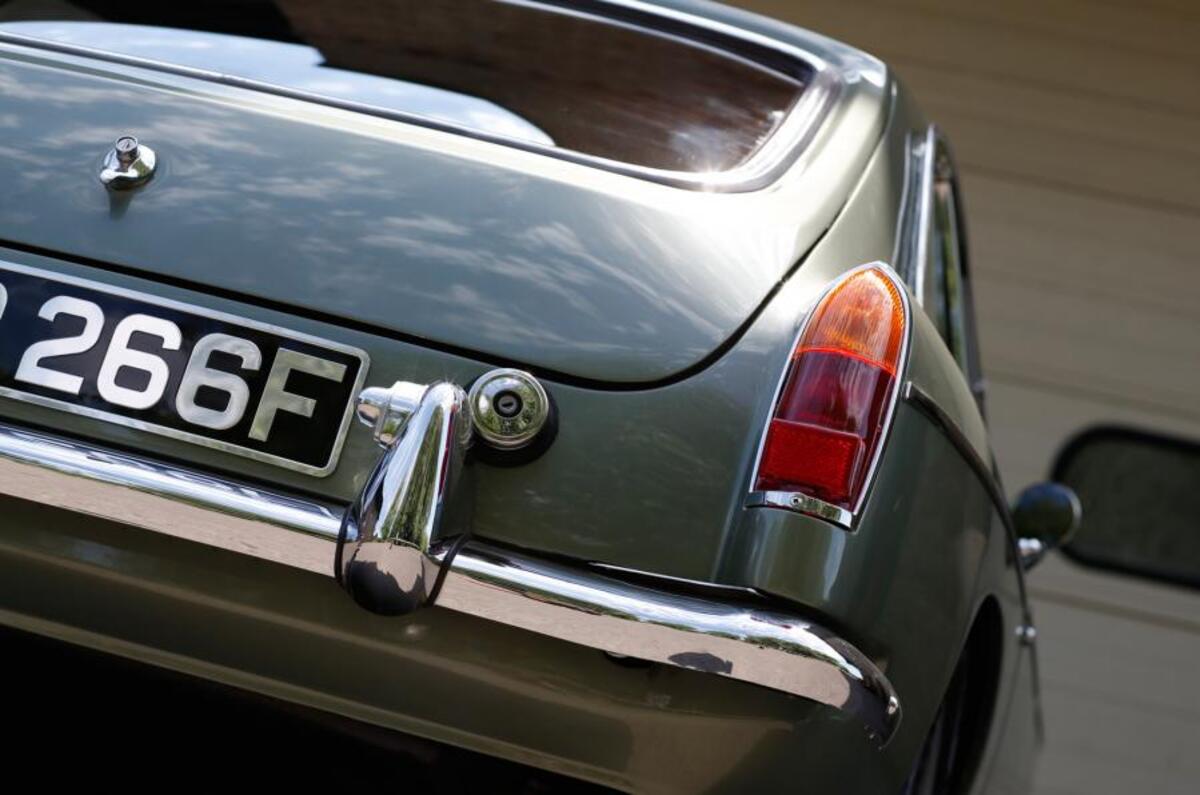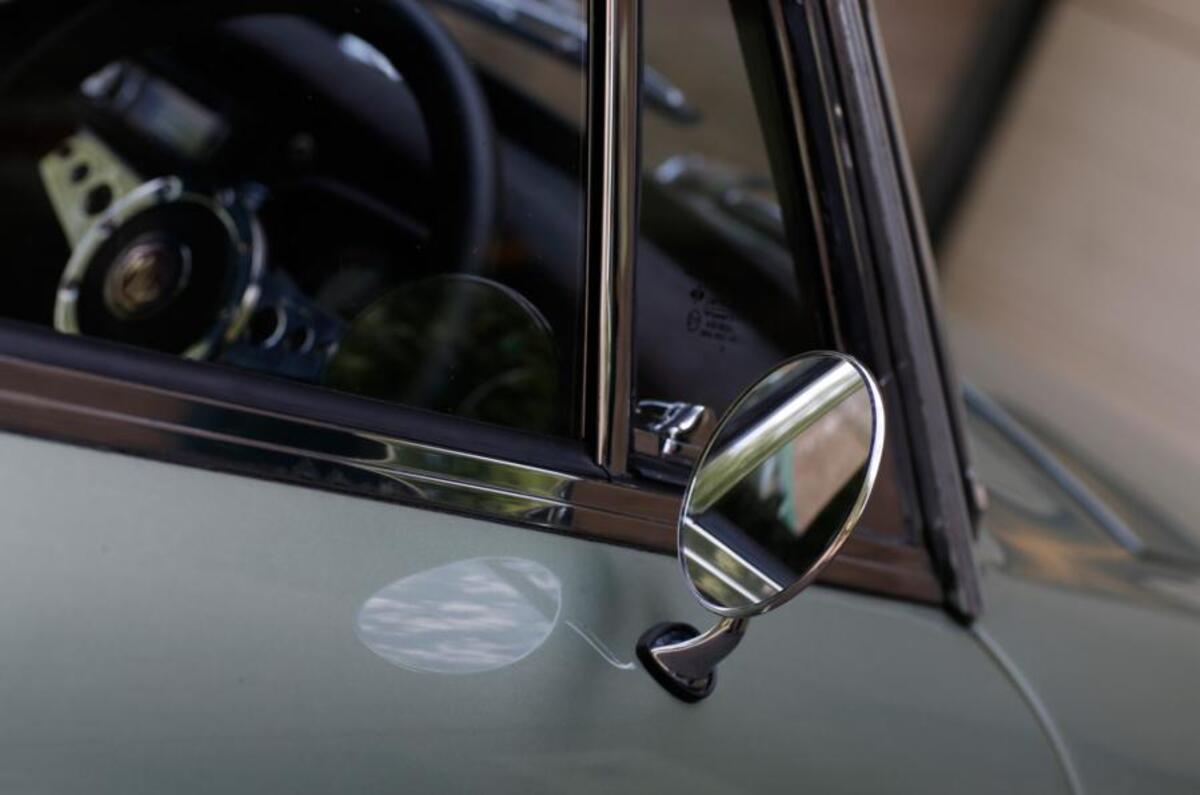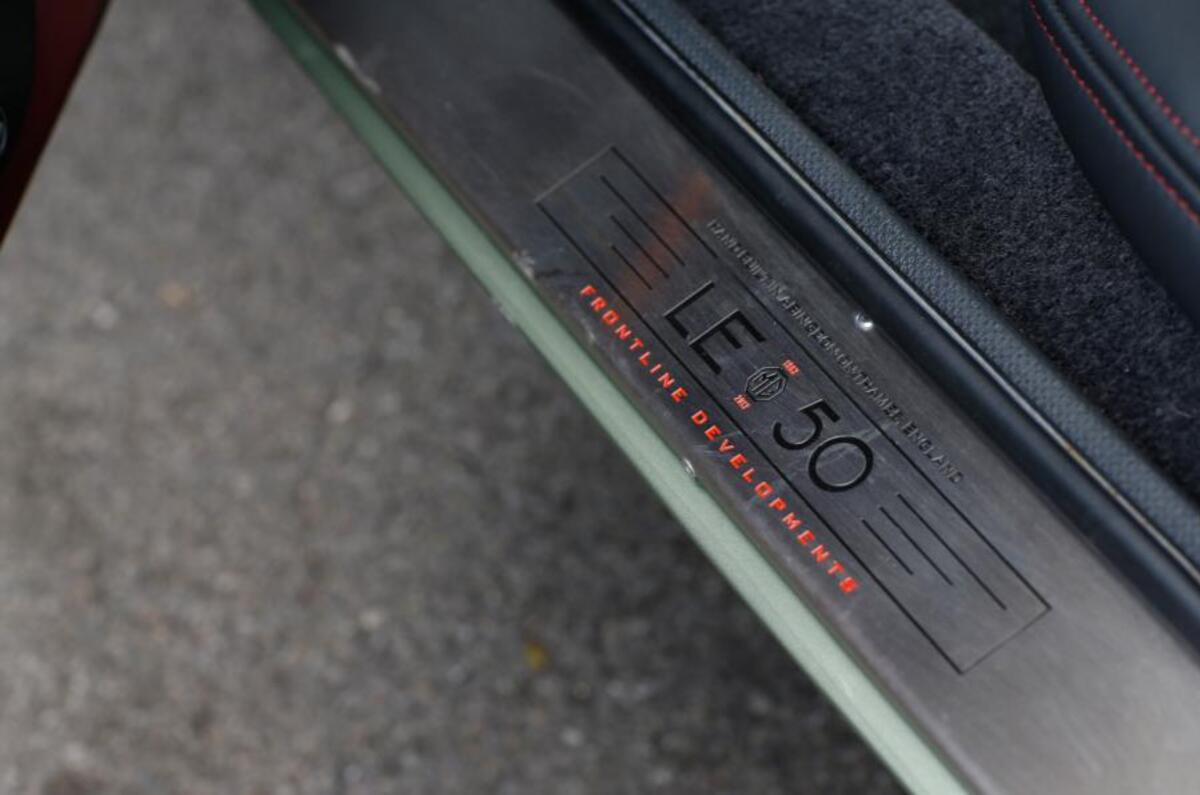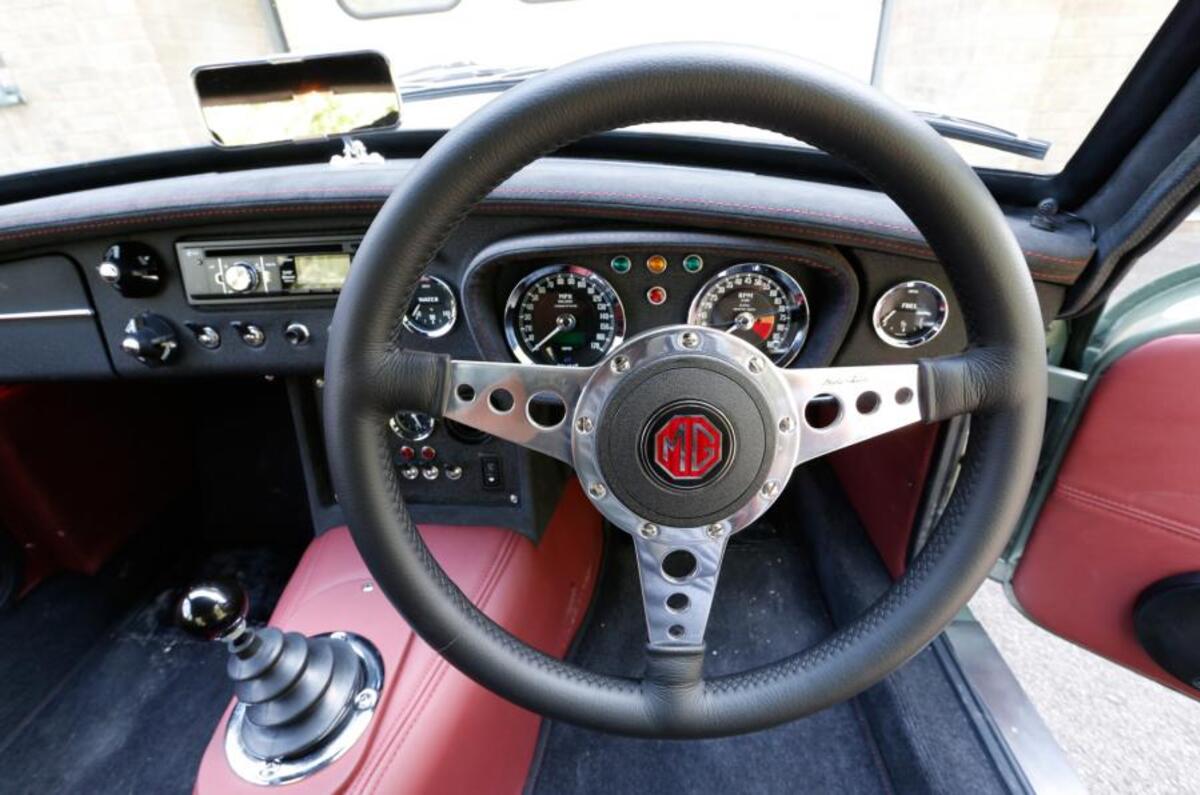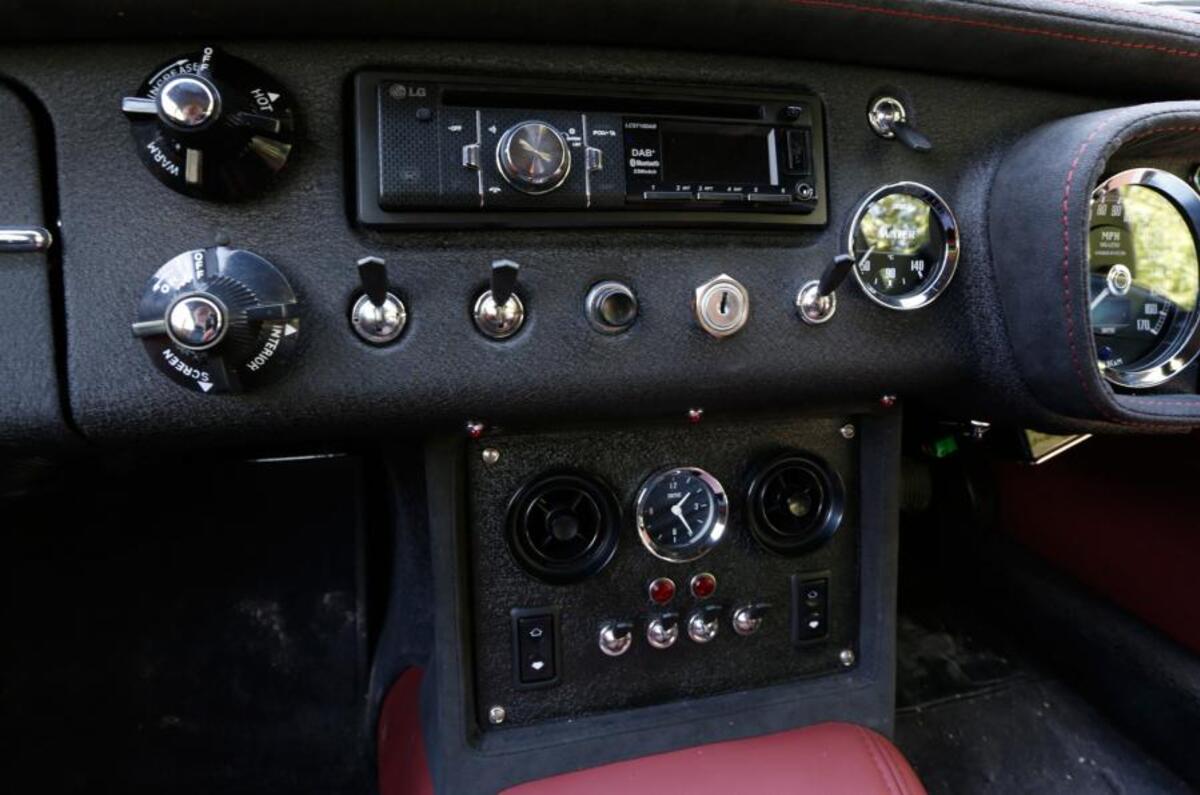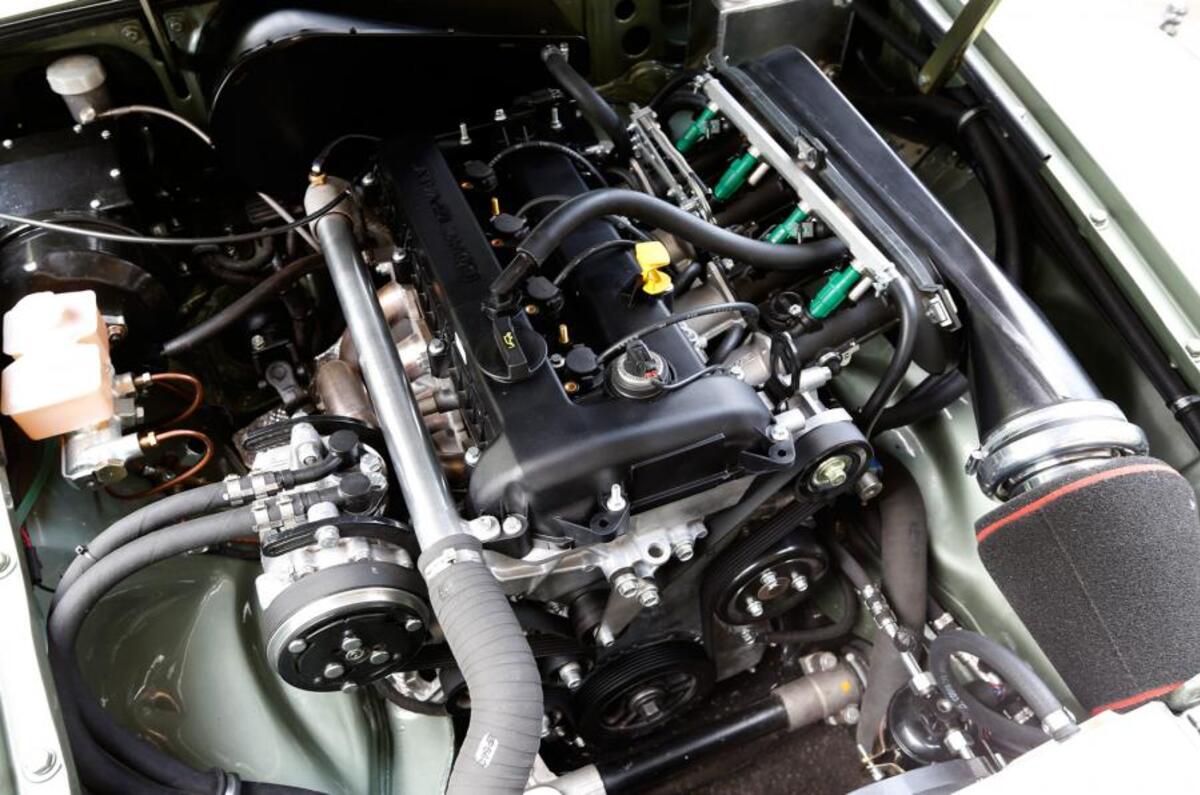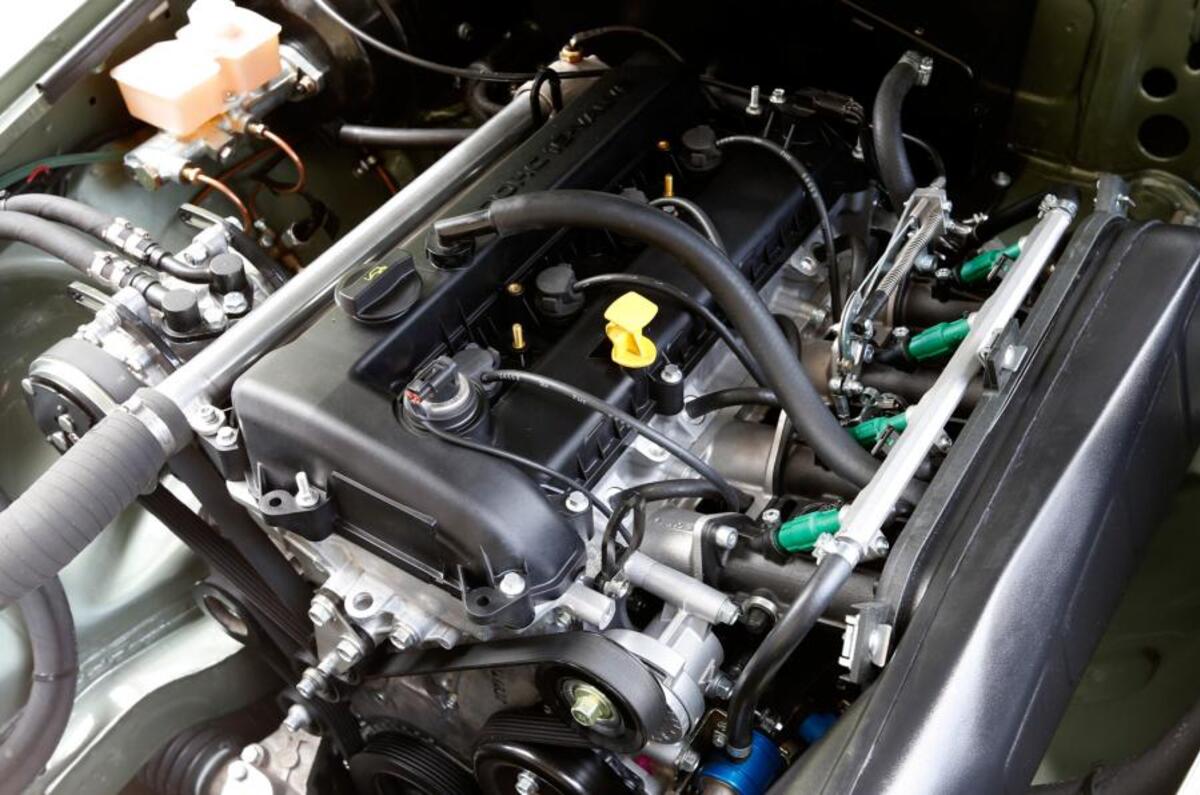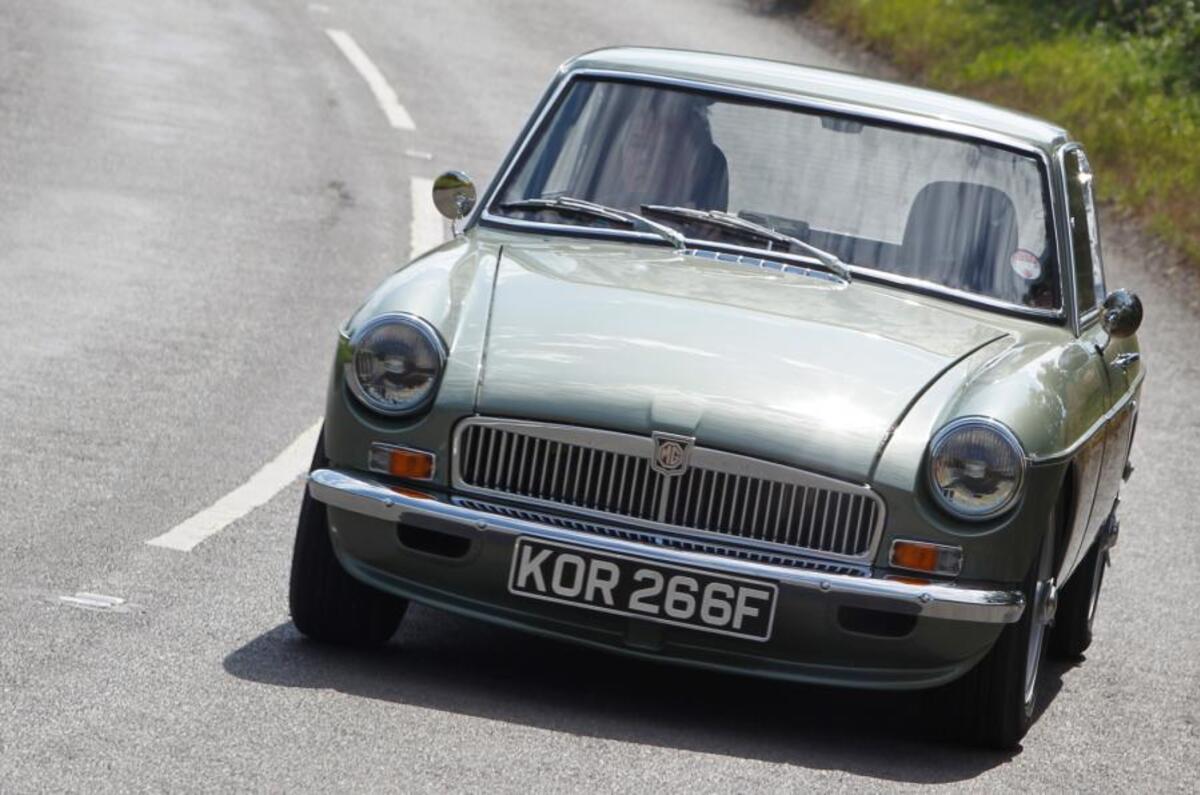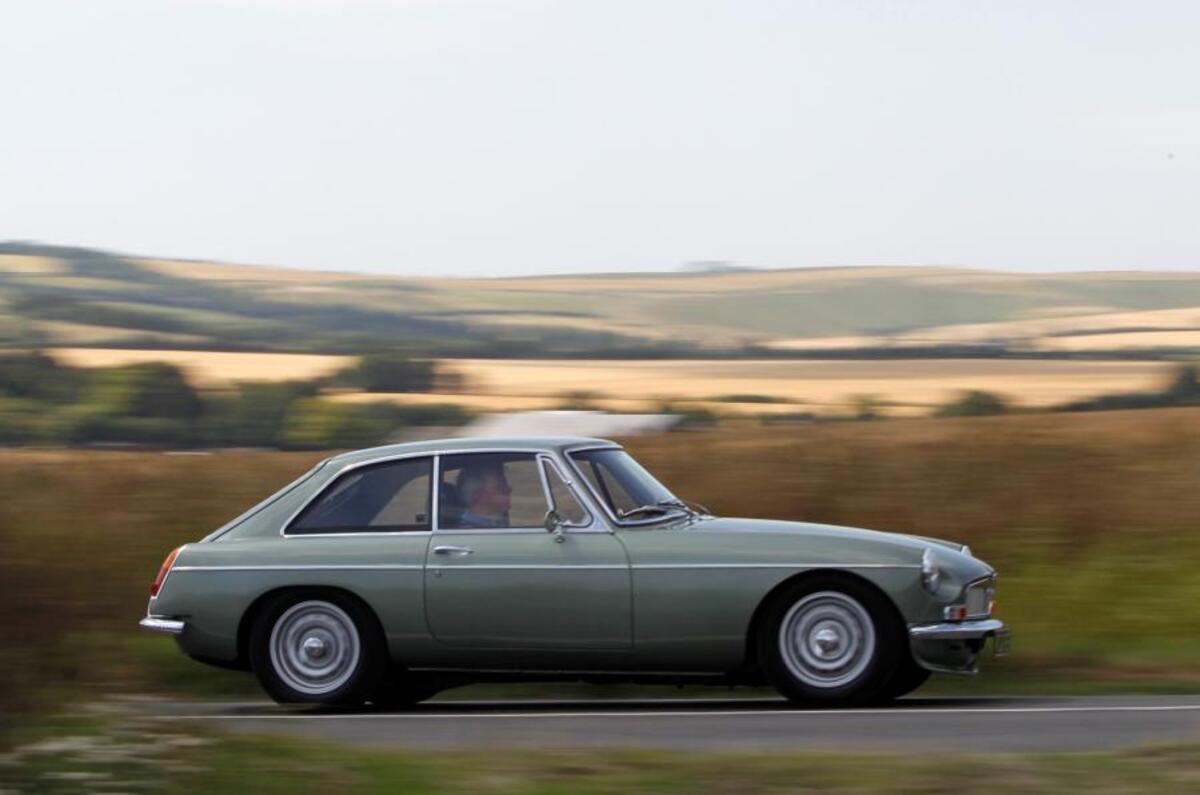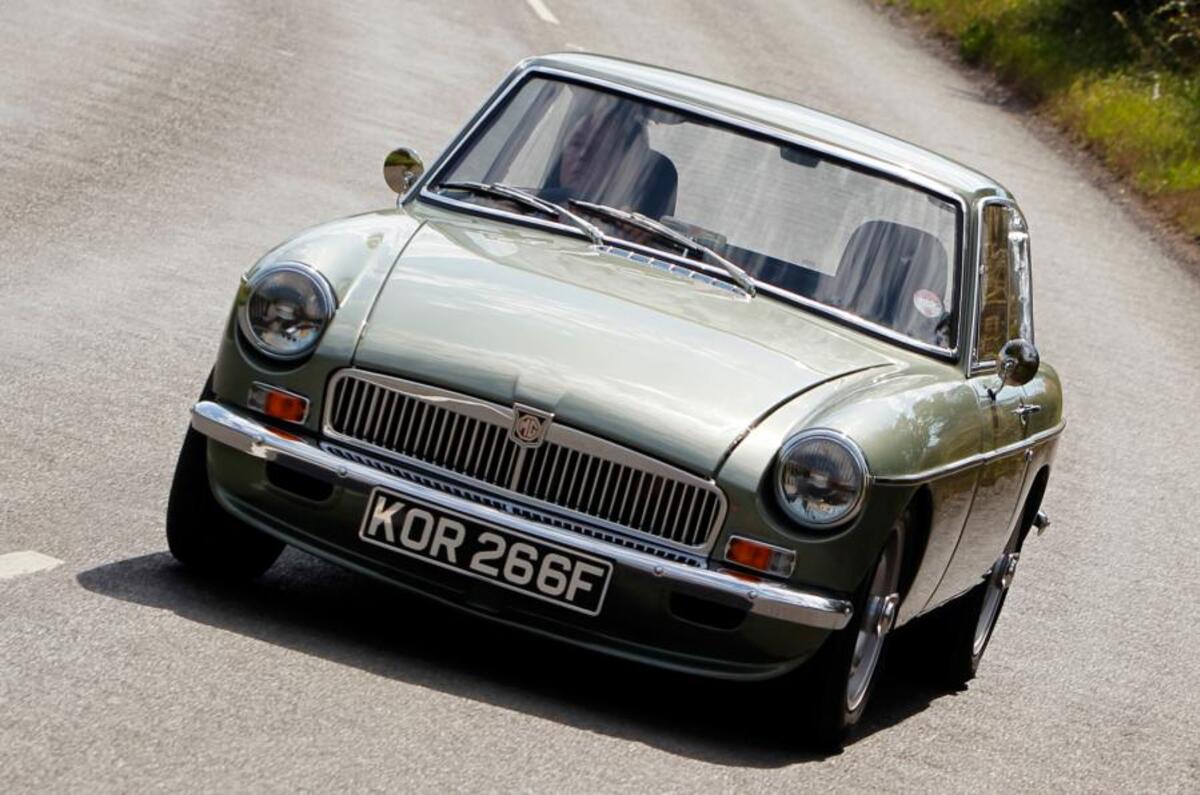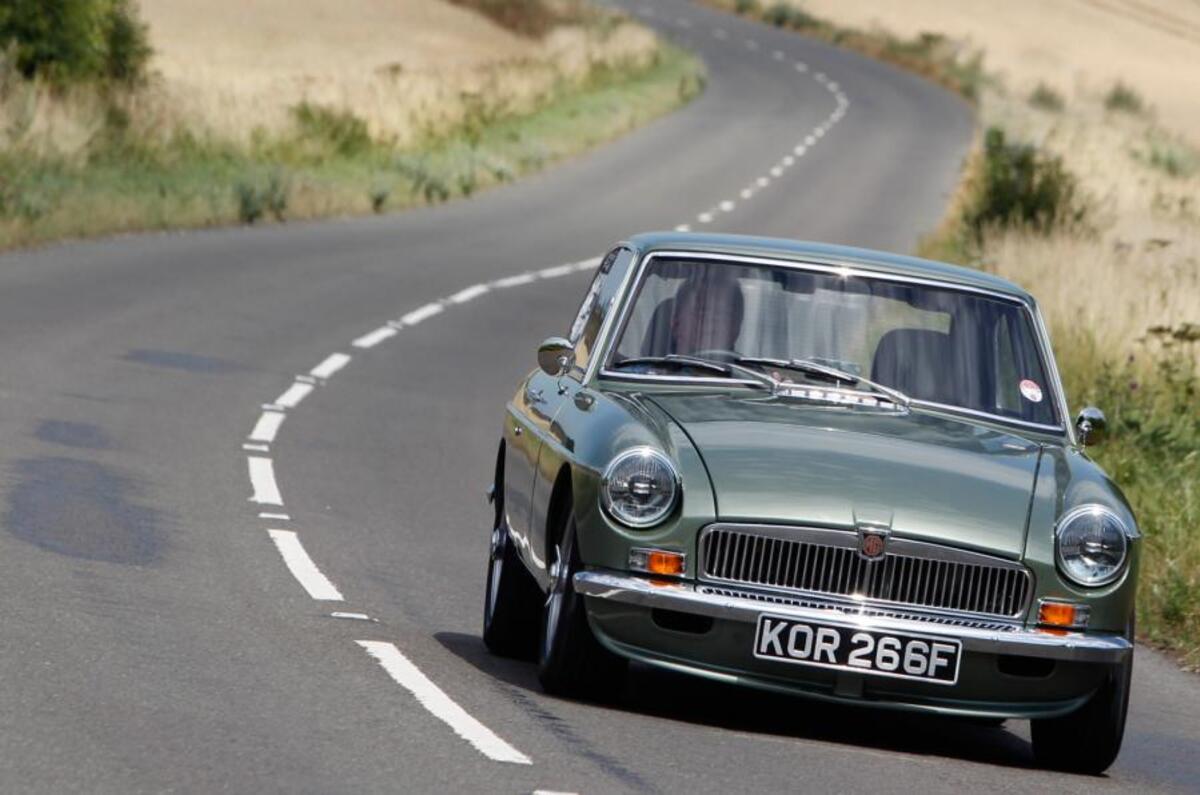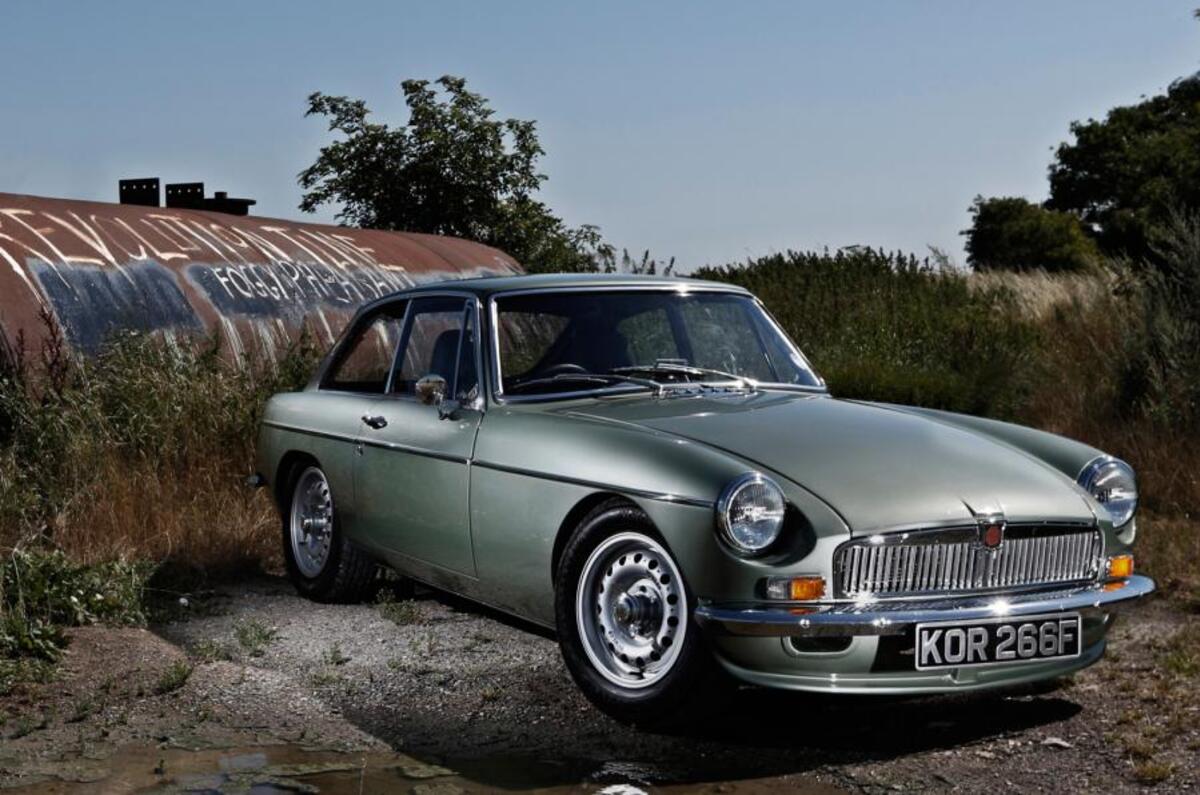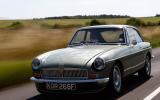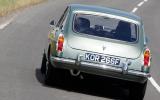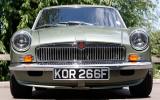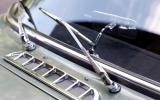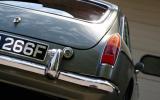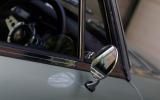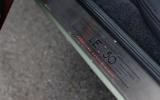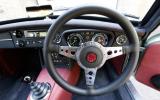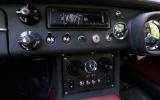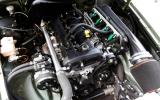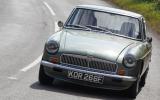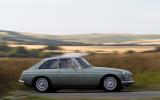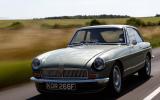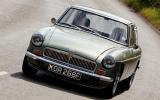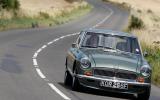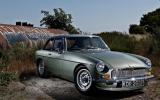You might already have read about the MG LE50, brainchild of Abingdon-based Frontline Developments. It's an MGB GT, obviously, and a very old one if the number plate is anything to go by.
Yet it costs from £52,700 in its simplest form, or £55,500 in the Plus Pack guise seen here. Add some choice options and you could touch £60,000, which seems a lot for a MGB, however beautifully constructed.
But this MGB produces 238bhp at 7400rpm from its 2.0-litre Mazda engine, essentially the same unit as fitted to the new MX-5 GT, complete with the Omex ignition and fuelling systems, a throttle body for each cylinder and freer-breathing camshafts.
The existing LE50 has the same engine with different mapping and the original Mazda camshafts to give 212bhp; word is that Mazda was so impressed with Omex's work for Frontline that it commissioned its own version for the MX-5 GT.
For this LE50 Plus, though, the engine can be in Euro 4 management spec and, in a sort of Euro-previous-century style, can run without a catalytic converter because this is nominally a 1968 car. Hence that mighty 238bhp, backed up by 174lb ft of torque at 4200rpm. This sounds great until you think 1960s levels of torsional stiffness, a live rear axle and archaic lever-arm dampers, dated when the MGB was launched in 1962 and impossible even to consider now.
All of which is why these Frontline LE50s, 50 of which will ultimately be made (26 ordered so far) and which celebrate a half-century's passing since the B's launch, have a seam-welded bodyshell (brand new, from British Motor Heritage) with extra reinforcing gussets and a heavily re-engineered suspension system. Visible seams are spirited away and the rear side window apertures get bigger flanges, to take seals better able to banish wind noise.


